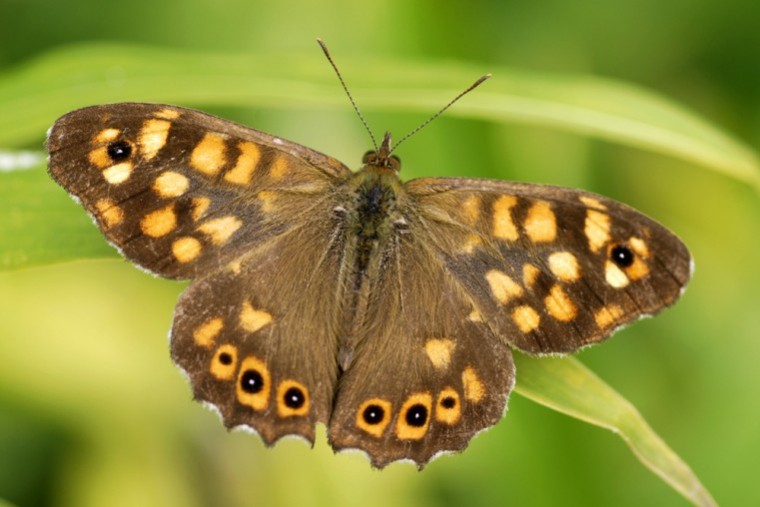In urban areas and intensively farmed landscapes, scientists at the Centre for Ecology and Hydrology (CEH) in Oxfordshire working with the University of Reading, the British Trust for Ornithology, Butterfly Conservation and Natural England found that habitat loss increased the effects of climate change on bird and butterfly communities in England. These effects caused larger declines in birds and butterflies that are used to cold temperatures and prevented increases in birds adapted to warm weather.
Scientists analysed data obtained between 1964 and 2009 from more than 600 monitoring sites laround England to determine how birds and butterflies reorganised themselves in response to climate change. This included the UK butterfly monitoring scheme which is jointly run by CEH, Butterfly Conservation, the British Trust for Ornithology and is supported by the Joint Nature Conservation Committee.
The study showed how butterflies are adapting more successfully, with the north of the country gaining new species used to warmth, such as the speckled wood butterfly. But species associated with cold, such as the small pearl bordered fritillary, are suffering with numbers falling in areas where natural habitat in farmland, grasslands or uplands has been destroyed.
It was also discovered that birds used to cold temperatures, such as the willow warbler, willow tit and meadow pipit, have already been lost and that climate change pressures are the main causes of their demise in local areas.
Dr Tom Oliver, who led the research while working at the CEH but is now associate professor of landscape ecology at the University of Reading, said: “There is a clear signature of climate change on our country’s wildlife, and for many species the situation is worse where the landscape is dominated by arable land and intensively managed grasslands. Bird communities are struggling to adapt successfully to the warming we’ve had over recent decades.
“Although butterflies are coping much better, in both cases a lack of natural habitat in our landscapes is putting species associated with cold between a rock and a hard place by limiting their ability to find resources and survive.”
Dr David Roy, head of the biological records centre at CEH, said: “There is increasing evidence of the impacts of climate change on wildlife. This study shows that effects of climate are intimately linked with how land is managed. Our wildlife is more resilient to negative effects of climate change if larger and better connected natural areas are available.”




